In addition to lack of orders and competition from other countries, textile and garment enterprises are under pressure from green standards from key markets such as the US, Japan, Korea, EU...
According to VITAS, Vietnam's textile and garment industry emits about 5 million tons of CO2 per year. Wet processing of textiles (yarns, fabrics and garments) uses a lot of water resources for washing, rinsing, pre-treatment, dyeing and post-treatment finishing. As one of the main export-oriented industries and having participated in the global supply chain early, textile and garment enterprises are pioneering in implementing solutions to green products and green factories. In the near future, the EU has issued regulations related to the circular and sustainable textile program, binding producer responsibility for textile products (EPR - Extended Producer Responsibility), applied from 2025.
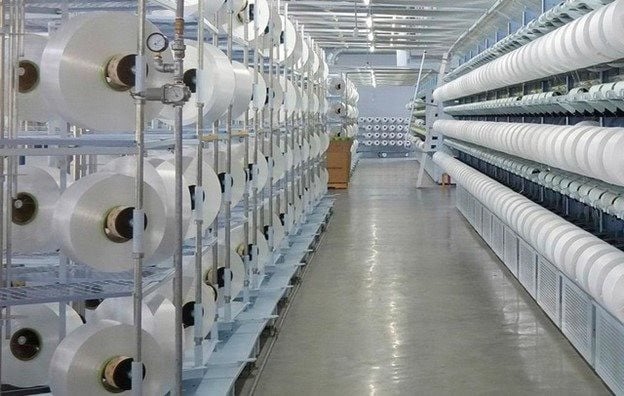
According to Mr. Vuong Duc Anh - Chief of Office of the Board of Directors of Vietnam Textile and Garment Group, not only the EU market but also other markets in general, in the past 3 years, the requirement for sustainable development or greening has no longer been voluntary, but has gradually been quantified as the responsibility of manufacturers and importers through tax and fee lines. For example, if following the carbon border adjustment mechanism, goods from Vietnam to Europe will be at a disadvantage because there is no domestic carbon market and carbon price. Emission levels higher than the regulations will be calculated according to the carbon price in Europe. With the average price of 60 USD/ton of CO2 that the EU is trading, each shirt exported from Vietnam will be added about 20 cents. Thus, the cost of carbon emissions alone accounts for 30% - 40% of processing costs.
Textiles and garments are among the products at risk of applying CBAM after the pilot phase. Therefore, businesses need to be ready to green their products and invest in greening their factories to reduce greenhouse gas emissions in their products - Mr. Vuong Duc Anh emphasized.
Major importers are focusing on ESG (environmental, social and governance) sustainability indicators and LEED (energy and environmental design) standards, suppliers who have this advantage will be more competitive and have more orders. Therefore, businesses need to drastically implement a green roadmap in the coming time to boost the export of goods. For example, garment products exported to Europe must be produced from cotton, polyester fibers mixed with recycled fibers made from natural products, waste or surplus textile products.
Sharing the effectiveness of using recycled fibers, Ms. Nguyen Phuong Chi - Director of Strategic Development, Century Fiber Joint Stock Company said that the contribution of recycled fibers to the company's revenue is currently more than 50% and helps to reduce the equivalent of about 30 million tons of CO2. The company will expand its production scale with a new factory in a green direction, develop more environmentally friendly products, and continue to increase the proportion of recycled fibers to 80% by 2027. The company also plans to continue implementing renewable energy projects in the 2024 - 2026 period, expected to help reduce about 2.9 million tons of CO2 during the project's life cycle. Some saving initiatives also help reduce other greenhouse gases such as saving electricity, recycling and reusing water, reusing paper tubes, etc.
Currently, there are 294 textile and footwear enterprises that are required to carry out greenhouse gas inventory responsibilities according to Decree 06/2022/ND-CP on greenhouse gas emission mitigation and ozone layer protection (detailed list in Decision 01/2022/QD-TTg issued by the Government on January 18, 2022). From March 2025, enterprises will have to send data to management agencies, and at the same time, develop and implement greenhouse gas emission mitigation plans. From 2026, enterprises are required to implement emission mitigation measures according to the plan to comply with the allocated emission quota.
VITAS Chairman Vu Duc Giang said that currently, most garment, yarn, and textile dyeing enterprises have achieved the standards in Vietnam's Law on Environmental Protection as well as the evaluation of international customers. Textiles have achieved environmental standards and the working environment of workers, and this increasing proportion will promote investment development.
Technical issues will play an important role in the greening efforts of the textile industry, not only in renewable energy but also in wastewater treatment. In fact, for many years, VITAS has recommended focusing on investing in ecological industrial parks with circulating water treatment systems to meet the needs of textile dyeing production, which currently mainly has to import input materials due to concerns about environmental pollution...
The development strategy of Vietnam's textile and garment industry in the coming time focuses on developing a complete textile and garment production chain on a large scale, investing in modern equipment, high automation, green, clean, environmentally friendly production, and social responsibility... At the same time, participating more deeply in the global textile and garment supply chain, focusing on stages that bring high added value such as: design, production of input materials, distribution to gradually move to a higher position in the production chain.
In addition, according to customer requirements, Vietnamese textile and garment enterprises themselves are proactively moving towards production methods that bring higher added value, in which proactive design activities and self-sufficiency in raw materials are key factors.
Source


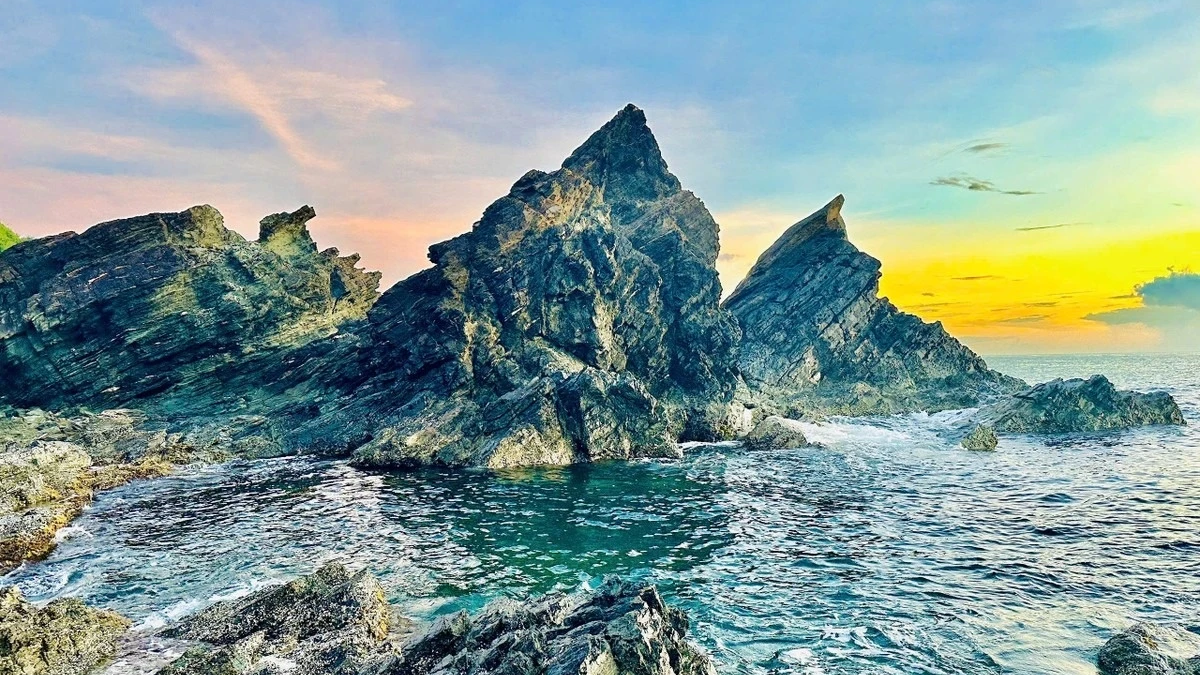







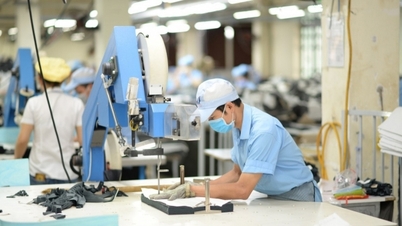


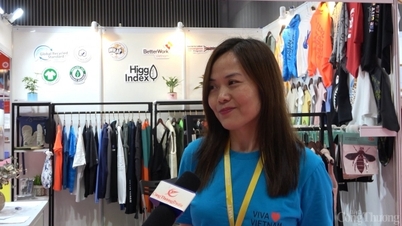

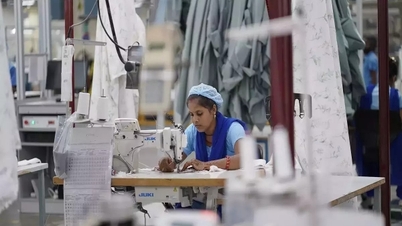


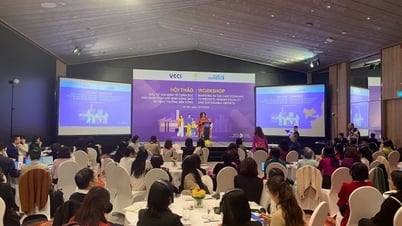
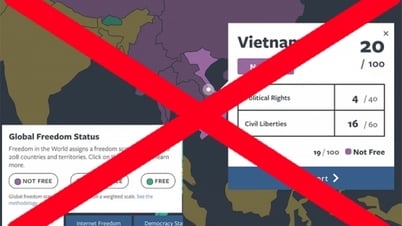
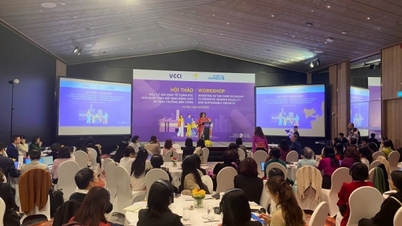

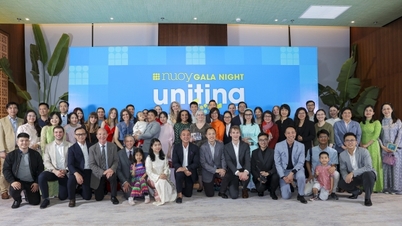
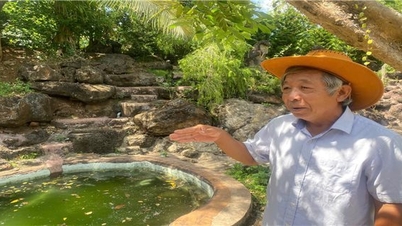





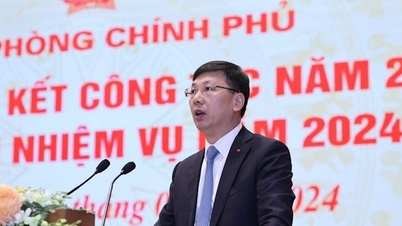
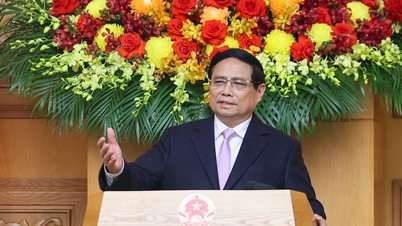
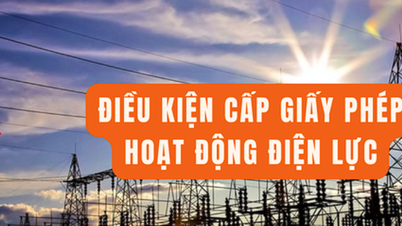
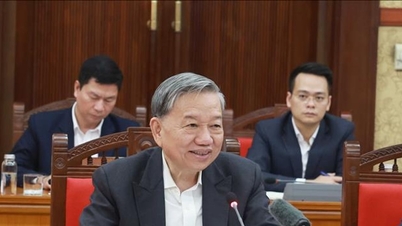

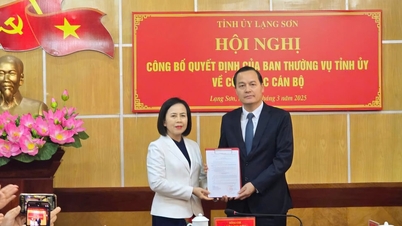






























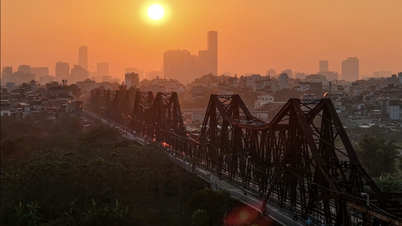











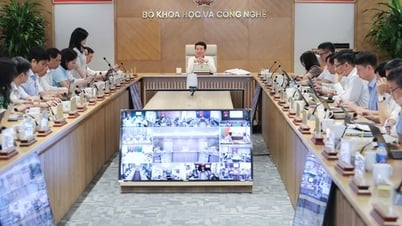
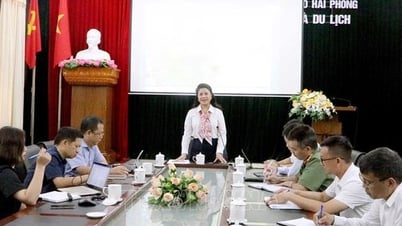
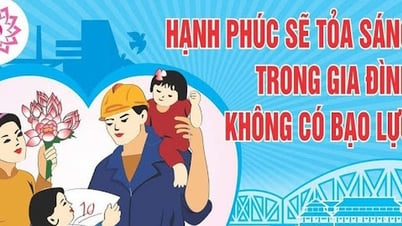




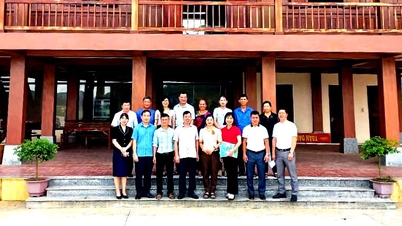

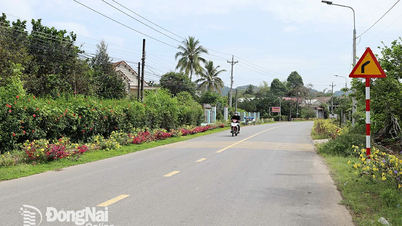


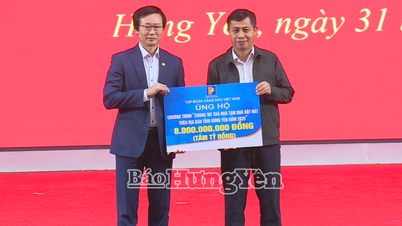













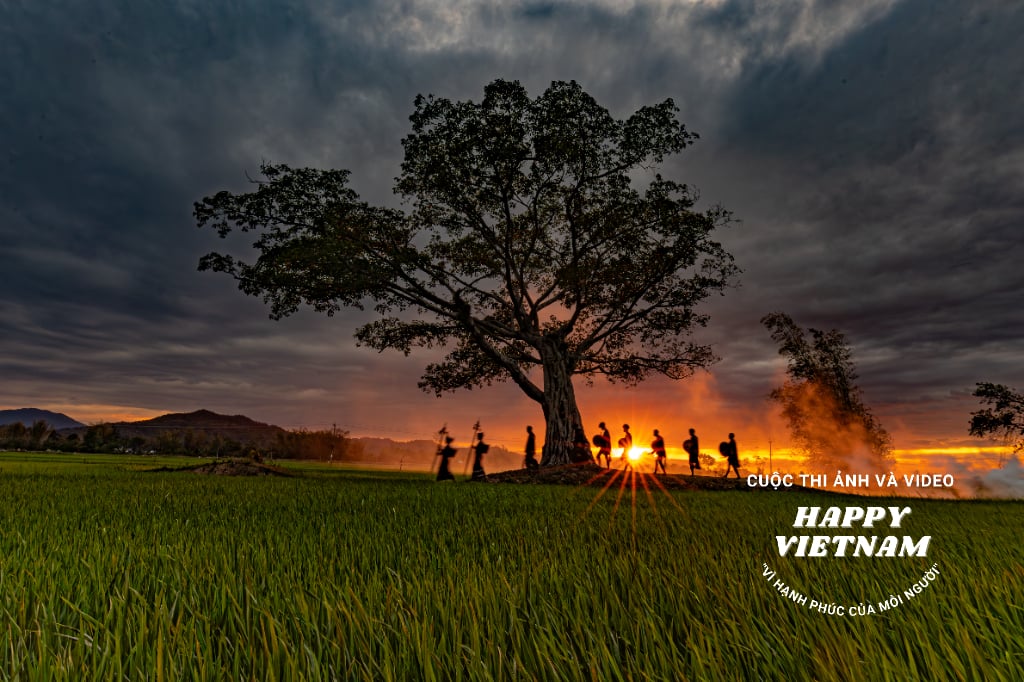
Comment (0)